It was my 42nd birthday back in January, and for my birthday I was given a very limited edition (1 of 2) Omnar NK25-4. Chris had two Nikon 25mm f/4 lenses in less than great condition that he received in part exchange I believe for some lens restoration work he’d undertaken for a Skyllaney customer at some point. And though the optics weren’t perfect, they were good enough to be worth saving. He’d sent me photos of them a while ago and I’d mentioned that I thought they might actually be some of my favourite looking lenses he’s put into Omnar housings. So when my birthday rolled around he sent me one to keep.
Obviously there are some advantages to co-owning Omnar lenses. Getting to try and often keep prototypes being one of them. But the optic out of this lens was Chris’s – and these lenses don’t come cheap even in less than ideal condition – so it felt like a really nice gift, especially as it looks totally awesome on my Leica M4-P (thank you again, Chris!). This short tale isn’t about my M4-P – though I really must put a roll through that combo – instead this is about mounting this little gem on a Leica M9.
You might’ve noticed a few more posts from me recently. I intend to start writing more for the website again – I’ve been bogged down in reviews for so long that I’d forgotten how much I enjoy sharing my meandering thoughts on whatever camera/lens combo I’m currently tinkering with. I’m not going to stop the reviews, but I am going to concentrate more on my own kit for a bit I think. Especially as this particular Leica M9 is a camera I have been meaning to write something about for a while.
I shall tell this story in a little more detail at some point in the future, but for now the short version is that I was getting a little bored with my M10-P and fancied trying an M9 again. This M9 belongs to Chris, and as he was also having issues with his M11 at the time, we decided to swap cameras for a bit. I’d have one of his M9s and he would have my M10-P. We swapped a while ago, and I am yet to have any desire to switch back. I just love the results from the M9 – especially this M9 which though not unique is quite an unusual camera. If you know anything about M9s, you might be aware that they suffer with a sensor cover glass corrosion issue. Leica themselves offered a repair on this, but for reasons I won’t get into the depths of here, some people decided to try different cover glass. This particular M9 has the same cover glass as a Leica M8. The result of this is that, like the M8, it lets in a lot of IR light and so for best performance technically needs a IR cut filter.
I have shot a lot of images with this camera both with and without IR cut filters and with some caveats actually like the results both ways. In fact, either way, I find the results to be warm and characterful and toned in a way that I don’t feel the need to do much correction in post. This is the opposite of my experiences with my Sonys where – though I have largely gotten used to how do deal with it – I find the results to be a bit flat, lacking character and the colours to not quite sit right with me. I should say, I still process both M9 and Sony results – nothing is straight out of camera – but there’s something a little more pleasing about dealing with images that just look nice on import into Lightroom. I suppose it’s a case of one set of results feeling like they need to be fixed, and the next feeling like I am just tweaking. I prefer the tweaking…
Anyway, back to the lens. This lens is a 25mm and if you know about the various other issues with the M9, you might also know that it doesn’t always play nice with wide angle lenses. Often they can cause colour shifts toward the edges of the frame. This is not the case with this Nikon lens – it does vignette, but aside from that, the colours are pretty consistent across the frame. In fact, speaking to Chris, he went as far as to say that this lens makes a really nice characterful combination with the M9 – even without an IR filter, and especially for landscape shots on a sunny day.
Landscape shots on a sunny day would have to wait. I was headed to Oxford for some indoor shots on a cloudy day. Though, I don’t have a IR cut filter that fits Omnar lenses, so it would have go without one regardless. This was actually the first outing with this lens, and I don’t really know what to expect. What I did know is that I wasn’t exactly gearing myself up for an easy shooting experience. The lens is an f/4 and the M9 isn’t know for its high ISO performance. We went to the Natural History Museum of Oxford, which is sort of two museums in one, as at the rear, there is also the Pitt Rivers Museum. It was actually the Pitt Rivers we were aiming for, but the Museum of Natural History also turned out to be really interesting. So we mooched around there first.
The Museum of Natural History has a glass ceiling and is relatively well lit. I had the camera set to auto ISO, and just shot the lens wide open at 1/60th. Fortunately there was just about enough light for me to be seeing 1600iso for the sorts of shots I was taking. The M9 takes quite warm shots anyway, but indoors, in artificial light, the auto white balance definitely swings toward more warm still. Of course, shooting in raw this can be corrected in post, but looking at the images on my computer later, I just decided to embrace the warm as they made the museum look a little magical. In fact, I think the lens added to the magical vibe a bit too. A fairly strong vignette always adds character, but this copy of this lens also seems to create a touch of a halo/glow around light sources – I’m not sure if this is what these lenses just do, or if it’s a product of this lens’s age-related shortcomings… but I like it nonetheless! Edit: I spoke to Chris, he has confirmed that this is due to cleaning marks on the optics and perfect copies of the lens don’t do this – I suppose some might see this as a shortcoming, but I like it!
Initially, I was aiming to get a few contextual shots of the exhibits – I got a few I liked too.



But after a short time I found I wanted to capture some shots of the interior architecture – first from the ground floor, where I found myself wanting to include people.

And then from the upper floors where I found myself capturing large portions of the space.

After some lunch in the cafe, we ventured into the Pitt Rivers museum. I’d really enjoyed the exhibits in the Museum of Natural History, there was a lot of look at and chat to the kids about. But the Pitt Rovers Museum was a whole other level. The density of artefacts in this place is frankly incredible, if not a little overwhelming! It’s also a lot darker in there too. So dark, that I initially switched to my 50mm f/2 Bertele prototype lens. I just wasn’t in the mood for a 50 though, so I promptly switched back, and as soon as we went up a level or two in the museum got back to shooting the interior spaces.


To get the shots I wanted, I combatted the low light by setting the camera to underexpose slightly so as not to push the ISO too high, and then set the camera to auto shutter and took advantage of the slower shutter speeds rangefinder shooting often allows and braved 1/25th of a second. Fortunately, the results came out fine, and though a little dark, they definitely feel like they capture the vibe of the place to me!

This final image I took on the way back out through the Museum of Natural History – I really like the effect of the underexposure and glow around the lights.

Next job with this lens is to follow Chris’s advice and take this lens out in some sunshine on the M9 and get some lovely, warm, sunny landscapes!
Share this post:
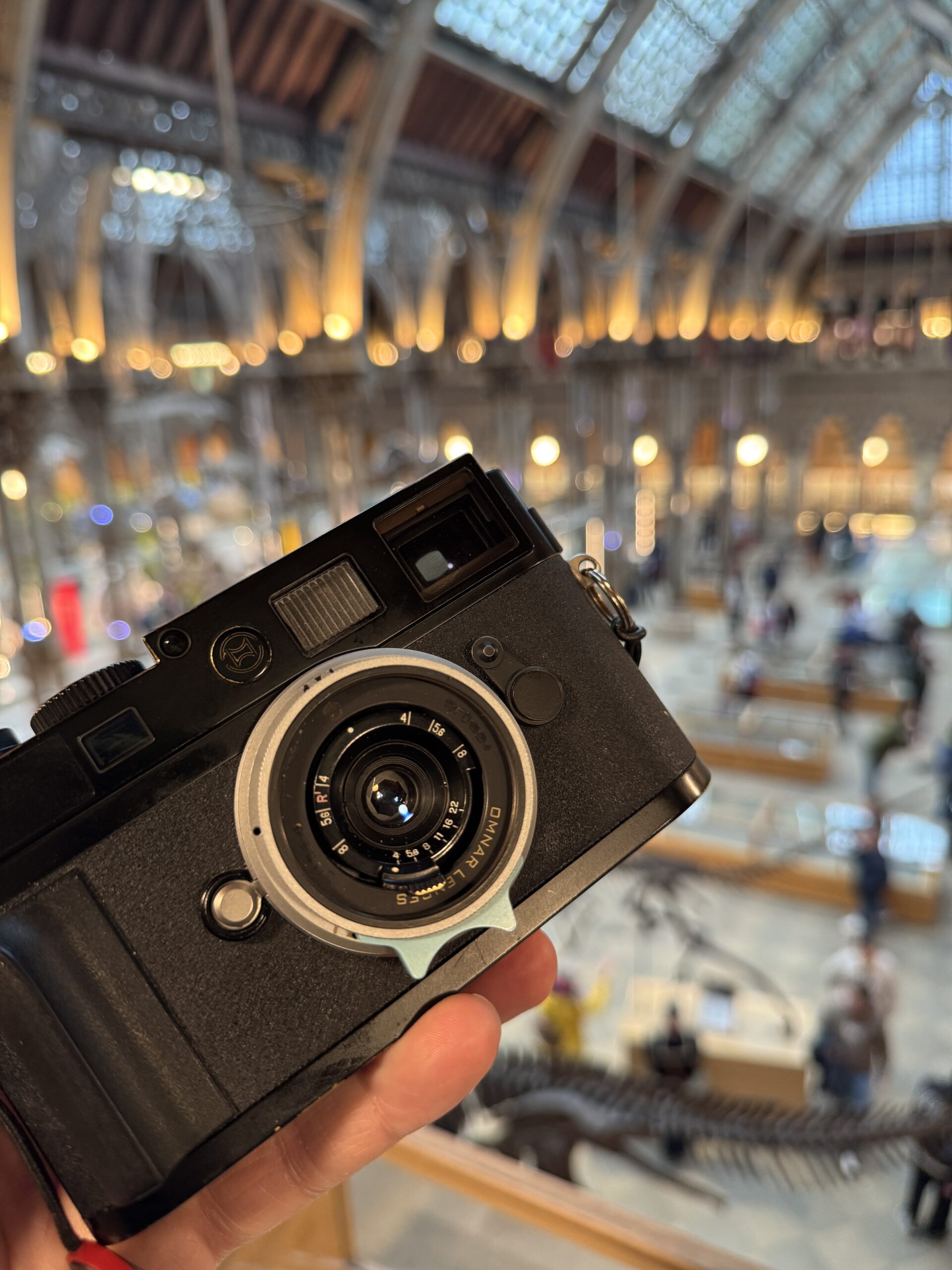

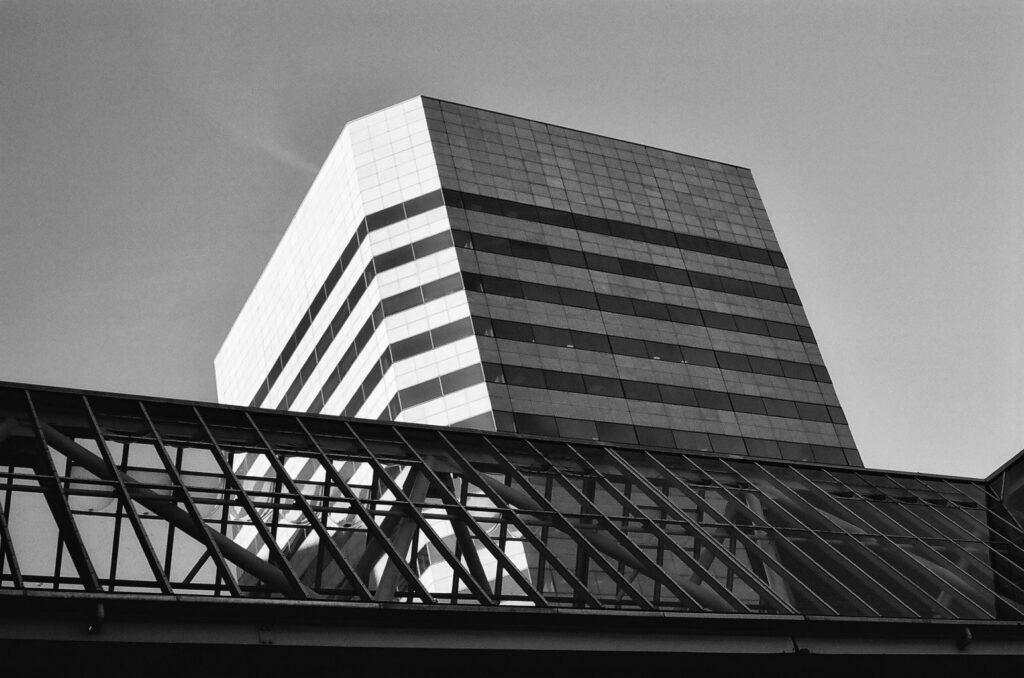
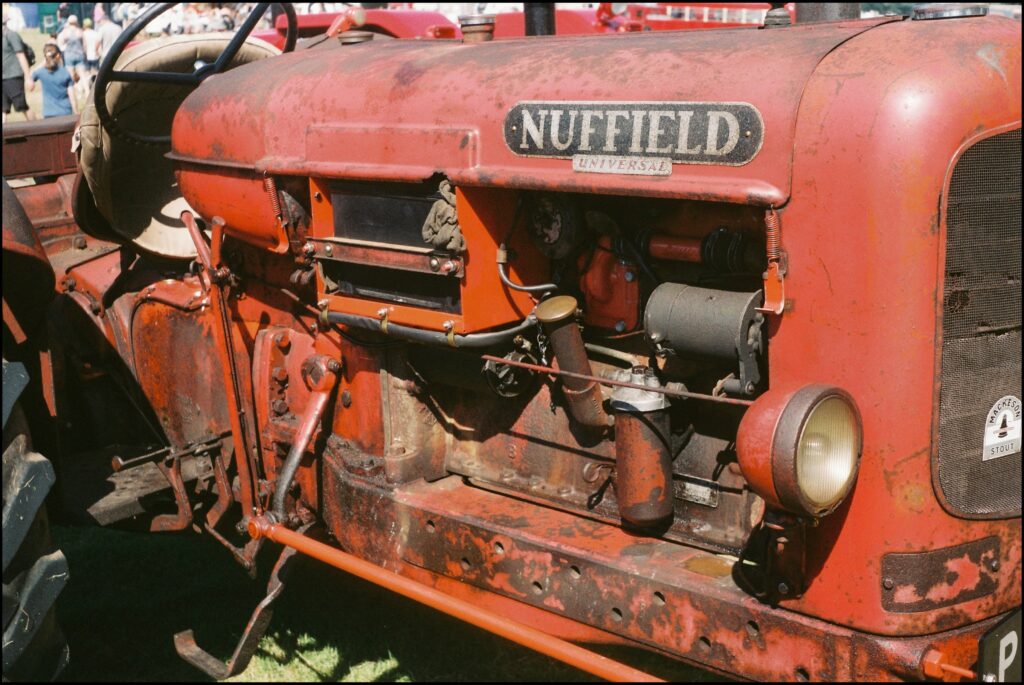


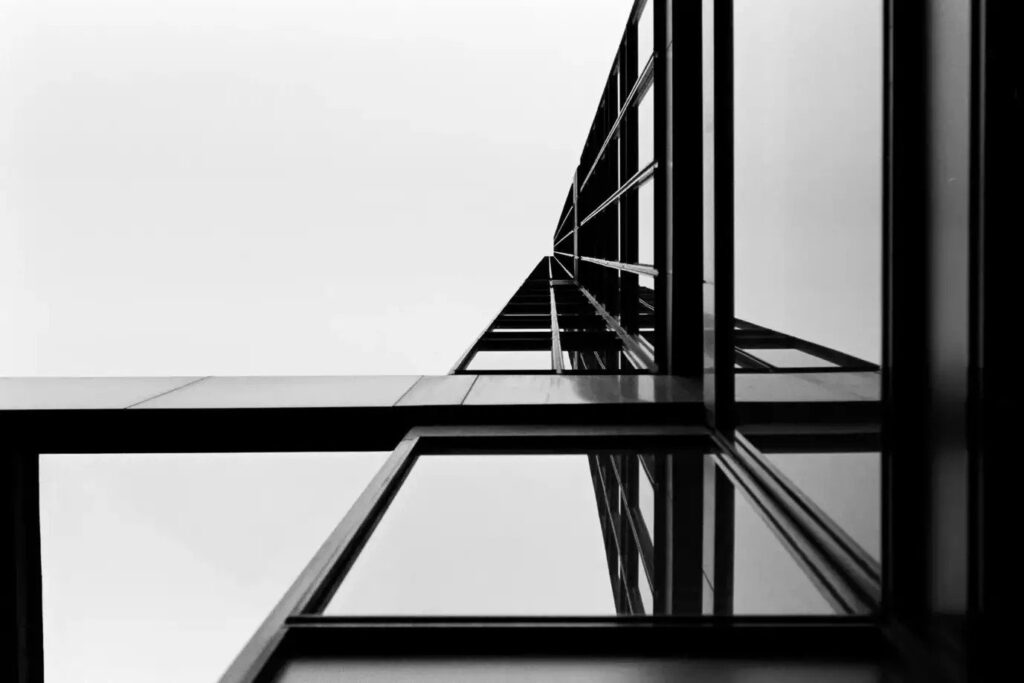
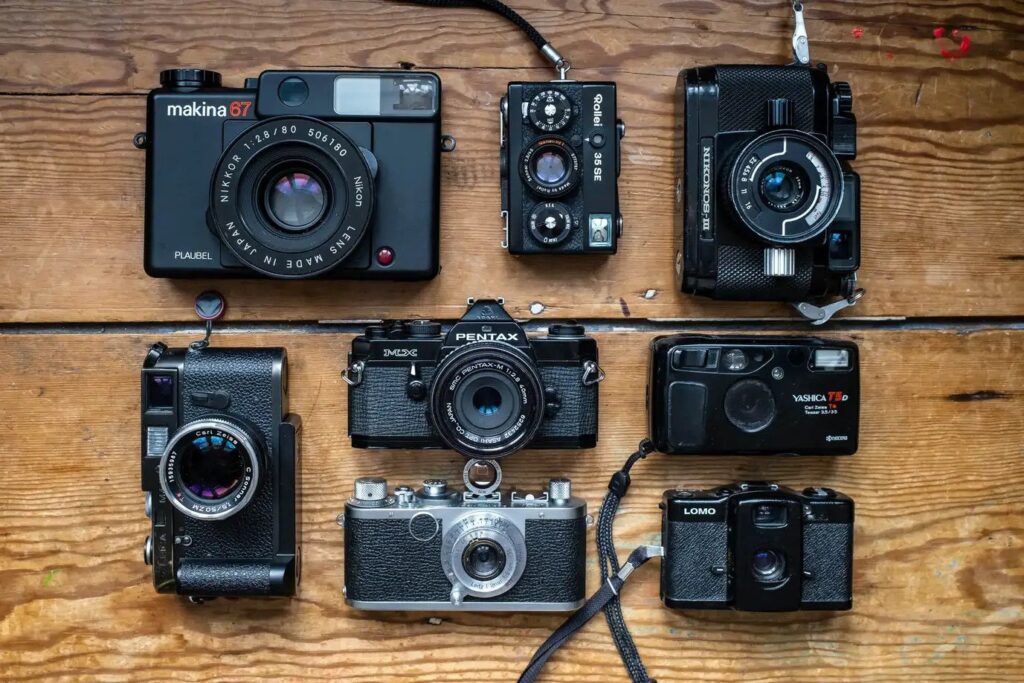
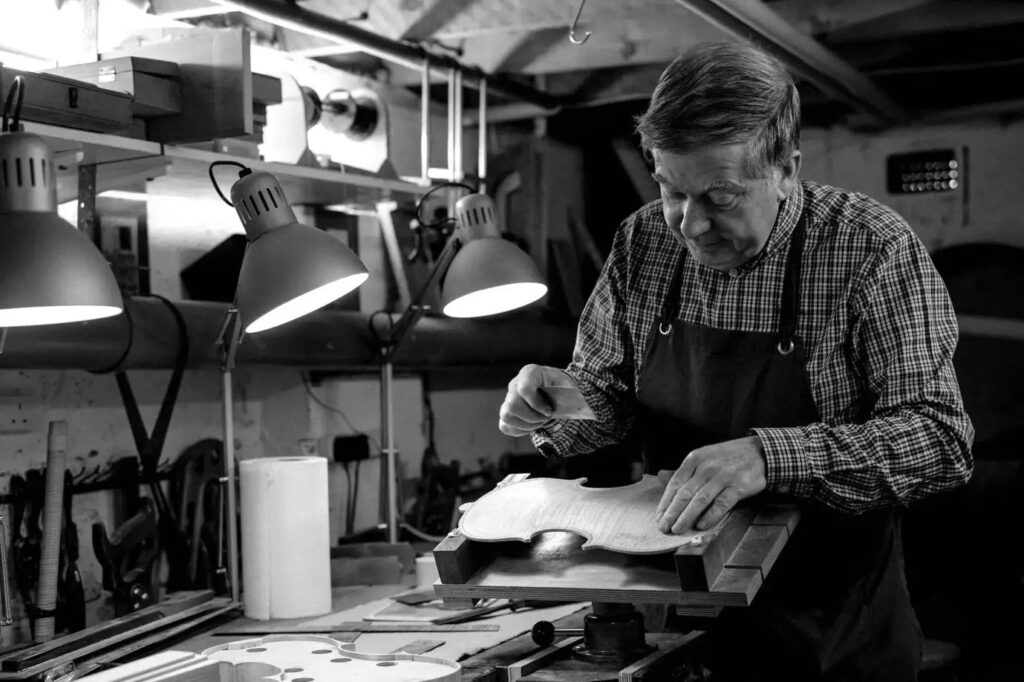
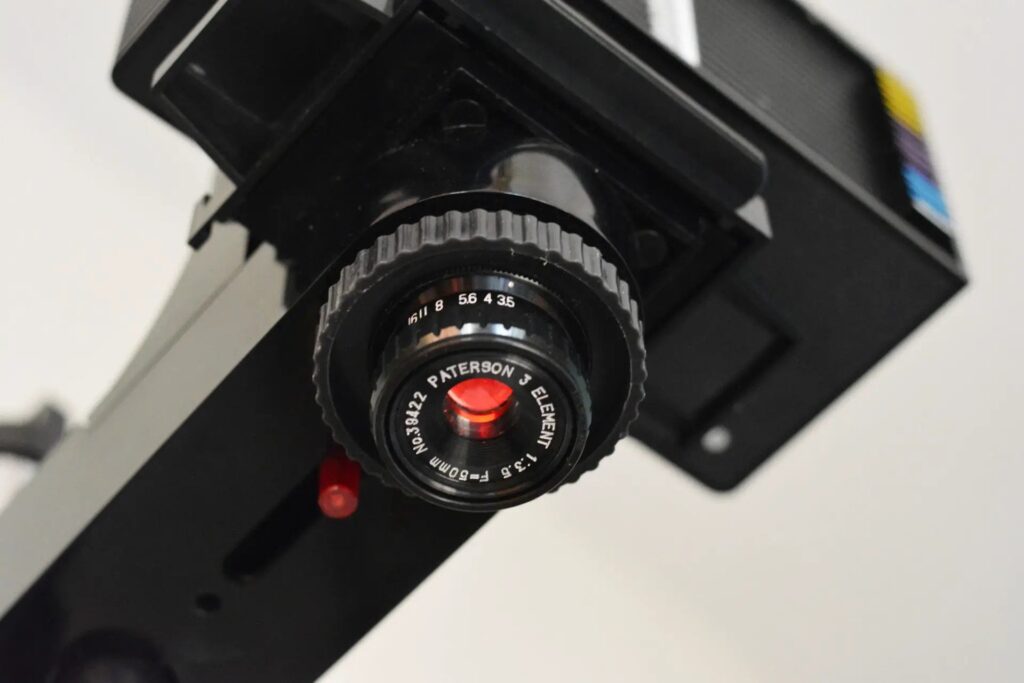
Comments
Gary Smith on Oxford Museums with a Leica M9 and an Omnar Birthday Present
Comment posted: 31/03/2025
Comment posted: 31/03/2025
Rollin Banderob on Oxford Museums with a Leica M9 and an Omnar Birthday Present
Comment posted: 31/03/2025
And look forward to more of your photographs. Nice images here and an interesting lens. Curious how that combo will do in the sun.
Comment posted: 31/03/2025
Comment posted: 31/03/2025
Marcus Gunaratnam on Oxford Museums with a Leica M9 and an Omnar Birthday Present
Comment posted: 31/03/2025
Aswin Sai Narain S on Oxford Museums with a Leica M9 and an Omnar Birthday Present
Comment posted: 01/04/2025
Comment posted: 01/04/2025
David Hume on Oxford Museums with a Leica M9 and an Omnar Birthday Present
Comment posted: 02/04/2025
Comment posted: 02/04/2025
Comment posted: 02/04/2025